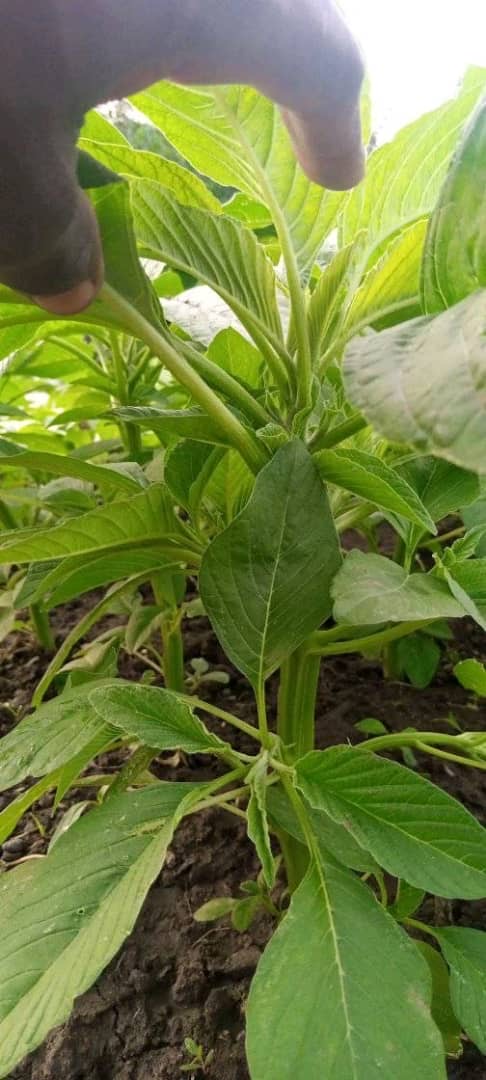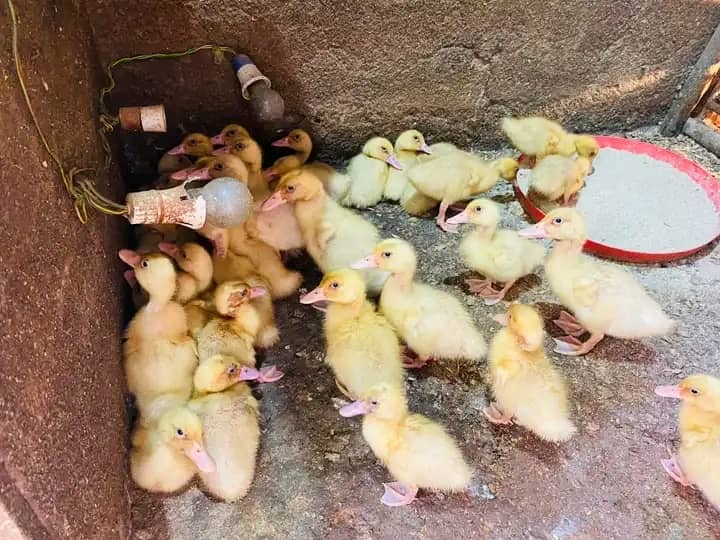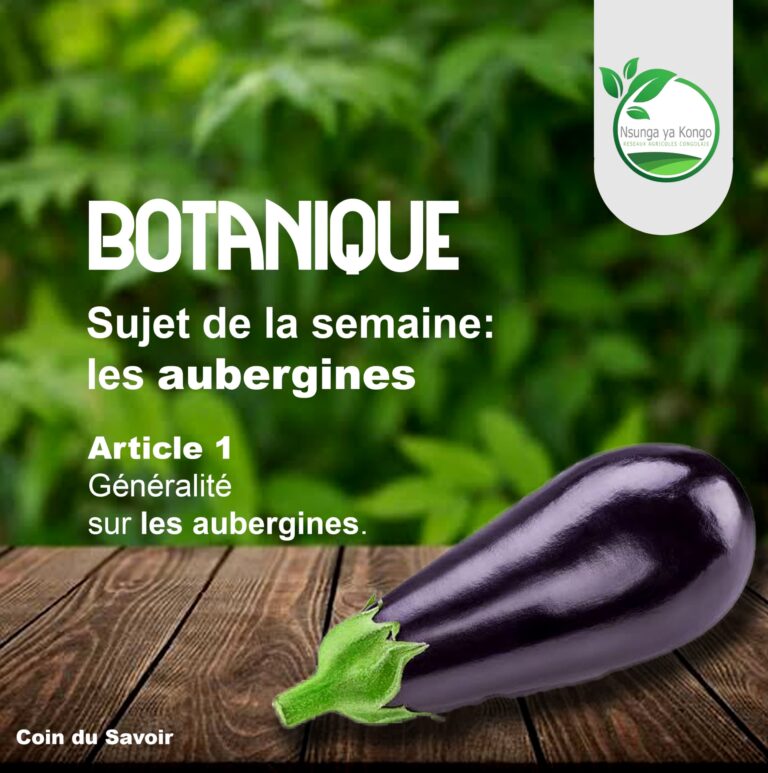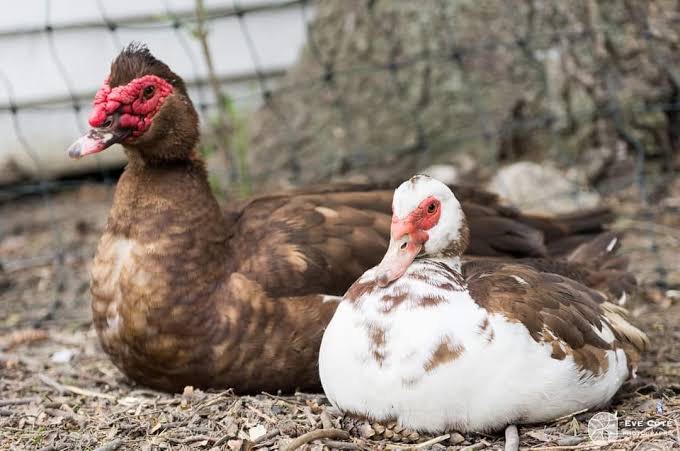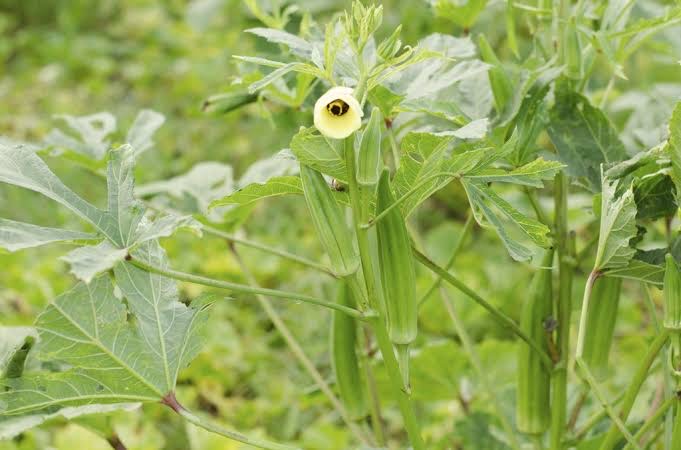CULTIVATION OF AMARANTH
Traditionally cultivated in the Democratic Republic of Congo (DRC) for its nutritional values, amaranth is prized both for its foliage and for its seeds, which are consumed like cereals in certain countries. There are seventeen species of amaranth grown mainly for their leaves and three for their seeds. This plant can be grown on any type of soil, provided it benefits from a supply of manure and adequate irrigation. Amaranth thrives in both warm, humid climates and hot, dry environments. It tolerates temperatures up to 40°C, but it is sensitive to temperatures below 15°C. Amaranth flowering is photoperiodic, that is to say it depends on the length of the day; some species flower when it is less than 12 hours. Additionally, some varieties, such as A. blitum and A. spinosus, show resistance to drought. The short crop cycle (around one month) allows easy integration into crop rotations. Amaranth leaves are particularly rich in iron, calcium and vitamin C, making them a major nutritional asset. Source: Engineer Muke Malyamukono Pierrot

